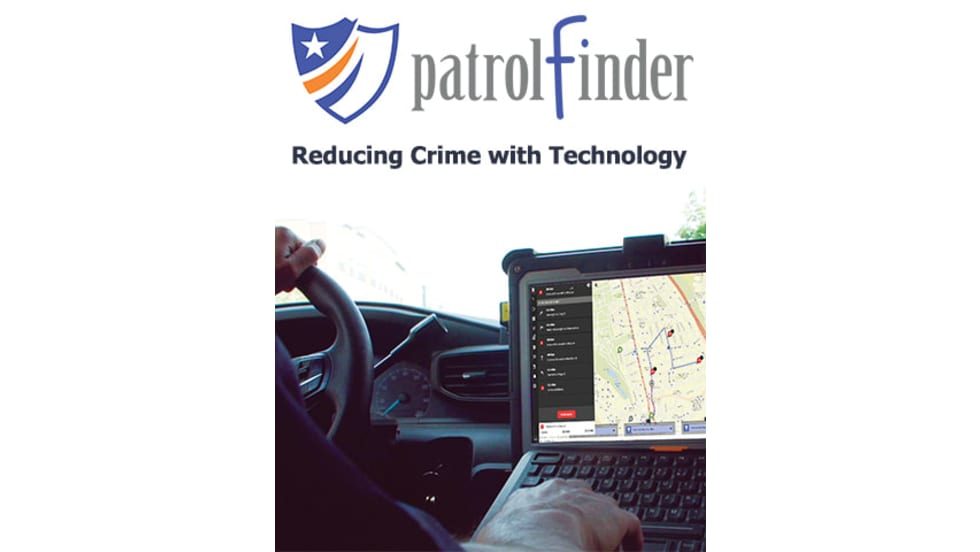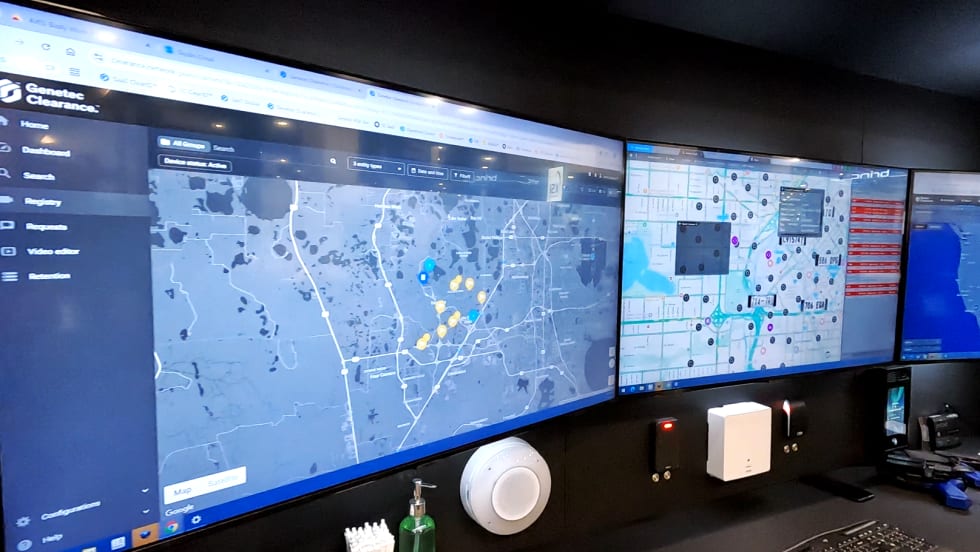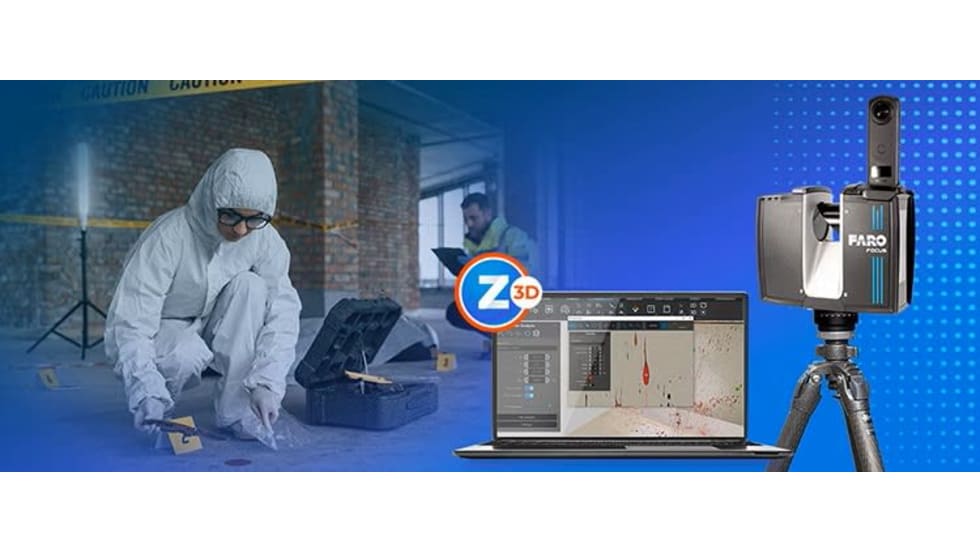In addition to speeding the process, RFID technology could give authorities information about who is entering and leaving the country and when.
“We do not keep track of who enters this country,” Hutchinson says. “We need to have a comprehensive system, and that’s what our pilot test will do.”
With the proposed system, cars would still be stopped at border crossings, but those that didn’t send up any red flags would be allowed through with only a cursory search.
A microchip embedded in a document such as a border crossing card given to people who often travel between the U.S. and Mexico would transmit a radio signal when within 18 to 30 feet of a “reader” that converts the signal into a code that conveys an individual’s biometric information.
Critics say the new system could infringe on people’s privacy rights. But proponents of RFID say anything that will making crossing the border faster and smoother is a welcome change.











